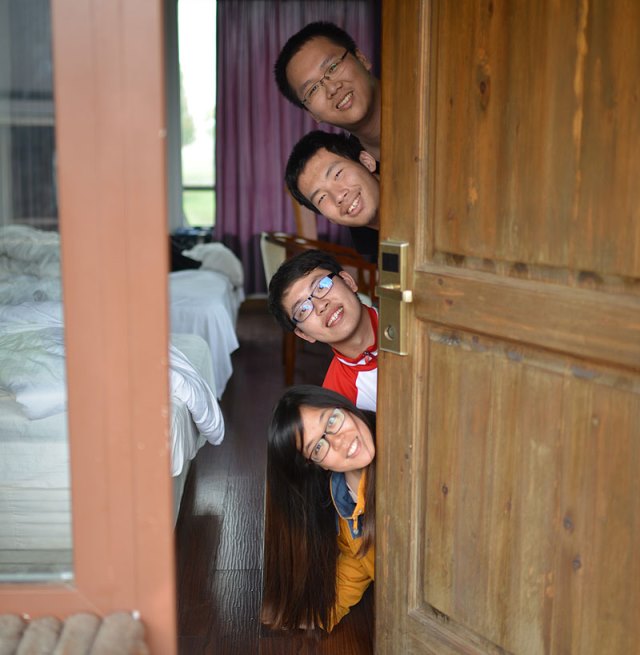Imagine Cup Finals: Who's Representing Asia Pacific?
This is part of a series to showcase teams from Asia Pacific who are participating in the Imagine Cup Finals in Seattle. Since 2003, Microsoft has been hosting the Imagine Cup competition to bring together young technologists from around the world.
We sat down with team Imagine The World from China so they could tell us more about their winning innovation Persephone, an emergency communication system to empower disaster relief operations.
What inspired your team to embark on your respective project?
We were deeply affected by the severe human costs of the 2008 Wenchuan earthquake. Besides the constant media reports, we ourselves underwent a lot of reflections with our classmates who were from the region. The question looming on everybody’s mind was: how could the impact have been mitigated? How could disaster recovery have been improved?
Investigations found that improvements on local infrastructure—especially communication systems—could have made a huge difference. This is why we wanted to create something to enable effective communications even in the absence of 3G/4G/Wi-Fi networks.
How long did you take to fully develop your idea, and what were the challenges you faced?
We took more than three years and four versions to complete Persephone. For the initial prototypes, we customised everything, including the hardware. The hardware was large and bulky, and cumbersome to use. In addition, it meant that users had to purchase both hardware and software.
We decided to eschew this model for a more inclusive one that relies on just apps. Now, the whole project is driven by user-friendly Windows Phone 8 and Bluetooth technologies. We have what we call a ‘PerseNetwork’ (a meshed network using Windows Phone 8 and Bluetooth), the ‘PersePhone’ (a mobile app to transfer information using the PerseNetwork without having to use 3G/4G/Wi-Fi), and the ‘PerseBoard’ that shares the latest statistics and updates from the disaster zone.
What are some things that you have learned over the course of building this project?
That having sound understanding of the market, technology required and actual disaster situation is the key to producing a practical solution.
What other features would you add to your project in the future and why?
We would integrate the product more tightly with cloud services, so as to set the stage for using big data, which would enable the apps to deliver better data more quickly.
We wish the China team the best of luck in the Imagine Cup Finals!
Click here for more information about the project.

